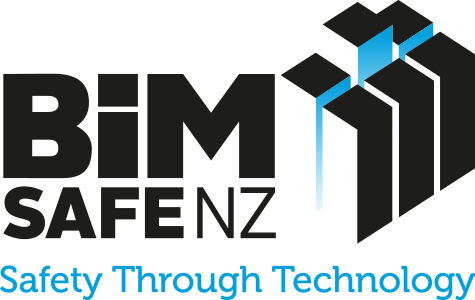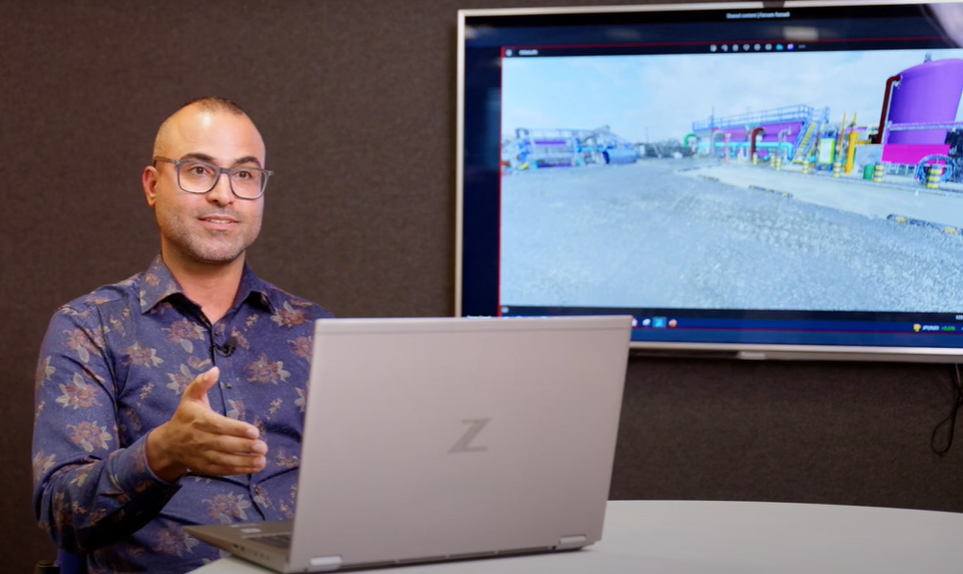Watercare: Creating an information culture around BIM
Summary
In this case study, Farzam Farzadi of Beca discusses how Building Information Modelling (BIM) has been implemented on a number of projects for Watercare, a water utility company in Auckland. By embracing BIM as a culture and way of working, Watercare has been able to improve health and safety outcomes, reduce project risks, and enhance collaboration among project stakeholders.
Background
Over the past six to seven years, BIM has become an essential tool in Watercare’s project delivery approach that has been used for a significant number of projects. To support further development and uptake across the organisation, Watercare created an environment called the Enterprise Model, which fosters innovation and collaboration. The key objectives established by Watercare for these projects include a specific focus on health and safety, reduction of carbon footprint, and project cost optimisation.
Video
Approach
Watercare recognised that BIM is not just about creating 3D models, but rather a method that supports the creation and management of data throughout the lifecycle of assets. By implementing a data-driven approach, Watercare aimed to mitigate risks and improve health and safety outcomes.
In one specific project, the team faced a significant challenge related to installing a tie-in to an existing pipeline within a tight timeframe. To address this challenge, they leveraged the BIM model to digitally rehearse the installation process in a 3D environment. This allowed them to identify and address potential health and safety issues that could arise during the actual installation. By thoroughly planning and testing the process in the virtual environment, the team was able to execute the tie-in successfully without any health and safety incidents, while meeting the project’s stringent timeline.
Outcomes and benefits
Health and safety benefits
- Risk mitigation through digital rehearsals: By simulating complex installation processes in the BIM model, potential health and safety hazards were identified and addressed proactively. This allowed the team to plan and execute work safely, even under tight time constraints.
- Improved awareness and decision-making: BIM provides stakeholders with valuable information that enhances their understanding of potential risks. This empowers clients to make informed decisions and effectively manage health and safety challenges.
Other benefits
- Collaboration and innovation: The Enterprise Model environment created by Watercare fostered a culture of collaboration and innovation among project stakeholders. This led to improved communication, knowledge sharing, and problem-solving across the project teams.
- Carbon footprint reduction: Using BIM allowed Watercare to optimise designs and construction processes, leading to a reduction in the projects’ carbon footprint. This aligns with Watercare’s sustainability goals and helps them to demonstrate their commitment to environmental stewardship.
- Cost optimisation: By using BIM to streamline processes and mitigate risks, Watercare achieved cost savings on their projects. The data-driven approach enabled more efficient resource allocation and reduced the likelihood of costly delays or rework.
Lessons learnt
BIM is a culture, not just a tool
Implementing BIM successfully requires a shift in mindset and working practices across the organisation. Watercare’s Enterprise Model provided a framework for developing this cultural change.
Demonstrating value is crucial
To secure client buy-in and investment in BIM, it is essential to clearly demonstrate the return on investment and positive outcomes achieved. Watercare’s focus on health and safety, carbon footprint reduction, and cost optimisation helped justify the investment in BIM and associated technology.
Lifecycle approach maximises benefits
The true value of BIM is realised when it is implemented throughout the entire lifecycle of assets, from design to operation and maintenance. By creating and maintaining high-quality asset information, organisations can drive long-term improvements in health and safety, efficiency, and risk management.

